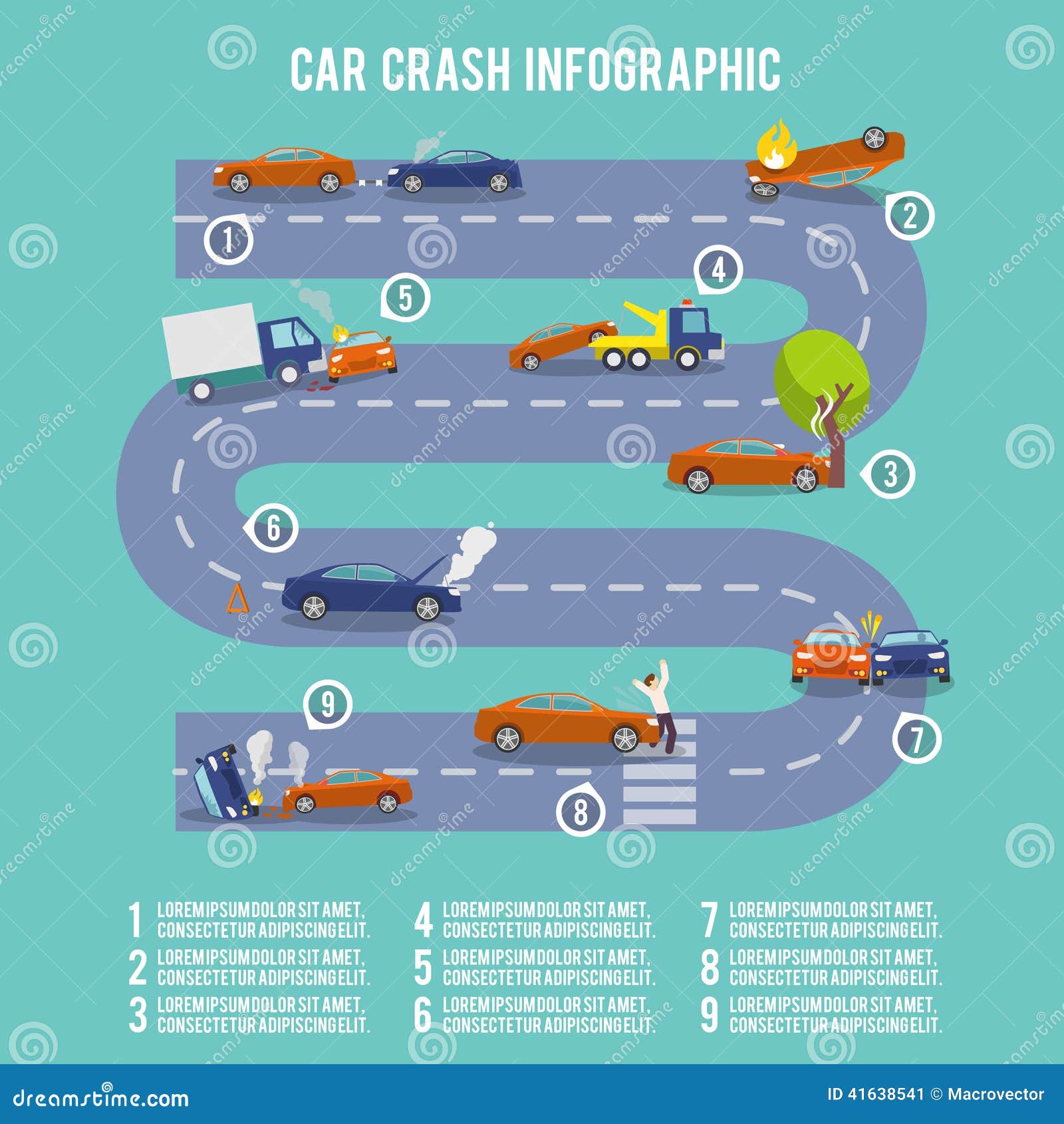Interested In Understanding The Warning Lights On Your Automobile'S Control Panel? Discover Their Value For Your Car'S Safety And General Problem
Interested In Understanding The Warning Lights On Your Automobile'S Control Panel? Discover Their Value For Your Car'S Safety And General Problem
Blog Article
Composed By-Lauritsen Stark
When you lag the wheel, those radiant warning lights on your dashboard can be a bit puzzling. Do you know what they're trying to tell you regarding your vehicle's wellness? Recognizing the value of these lights is important for your safety and the durability of your lorry. So, the following time among those lights pops up, wouldn't you wish to understand its message accurately and take the essential actions to resolve it?
Common Caution Lights and Interpretations
Identify usual caution lights in your car and recognize their significances to make sure secure driving.
One of the most common warning lights include the check engine light, which signals concerns with the engine or exhausts system. If this light comes on, it's critical to have your vehicle examined promptly.
The oil pressure warning light shows reduced oil pressure, calling for prompt attention to avoid engine damages.
A flashing battery light could suggest a malfunctioning charging system, potentially leaving you stranded if not addressed.
The tire pressure surveillance system (TPMS) light alerts you to reduced tire stress, influencing car stability and fuel performance. Neglecting this might result in harmful driving conditions.
The abdominal muscle light suggests a problem with the anti-lock braking system, compromising your ability to stop quickly in emergency situations.
Lastly, the coolant temperature level warning light warns of engine overheating, which can result in severe damage if not resolved swiftly.
Recognizing these typical warning lights will aid you attend to issues immediately and maintain risk-free driving problems.
Significance of Prompt Attention
Comprehending the common warning lights in your auto is just the initial step; the relevance of quickly resolving these warnings can't be highlighted enough to guarantee your safety and security on the road.
When a warning light brightens on your control panel, it's your vehicle's way of communicating a prospective issue that requires attention. Overlooking these cautions can result in more extreme issues down the road, jeopardizing your safety and security and possibly costing you more out of commission.
Trigger attention to warning lights can stop malfunctions and mishaps. For example, a flashing check engine light could suggest a misfire that, if left ignored, might trigger damage to the catalytic converter. Addressing https://zionmidxr.fare-blog.com/32227807/mobile-cars-and-truck-outlining-enhancing-your-vehicle-s-appearance-on-the-move can conserve you from a costly repair work.
Likewise, https://www.globenewswire.com/news-release/2022/04/06/2417241/0/en/Automotive-Aftermarket-to-hit-US-855-billion-by-2028-Says-Global-Market-Insights-Inc.html advising light might signal reduced brake liquid or used brake pads, crucial components for your safety when driving.
Do It Yourself Troubleshooting Tips
If you notice a caution light on your control panel, there are a couple of DIY fixing ideas you can attempt prior to looking for specialist help.
The first step is to consult your car's manual to understand what the certain caution light suggests. Often the issue can be as straightforward as a loosened gas cap setting off the check engine light. Tightening up the gas cap may deal with the problem.
An additional typical issue is a low battery, which can activate numerous cautioning lights. Checking the battery links for corrosion and ensuring they're protected might deal with the problem.
If a caution light continues, you can try resetting it by disconnecting the automobile's battery for a couple of minutes and after that reconnecting it. In addition, checking your automobile's fluid degrees, such as oil, coolant, and brake liquid, can help fix warning lights connected to these systems.
Final thought
In conclusion, recognizing your car's warning lights is essential for maintaining your vehicle running smoothly and securely. By promptly attending to these informs and understanding what they suggest, you can avoid pricey repair work and potential breakdowns.
Bear in mind to consult your vehicle's guidebook for certain details on each warning light and take action as necessary to guarantee a trouble-free driving experience.
Keep educated, remain risk-free on the road!
